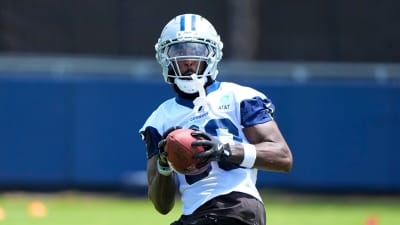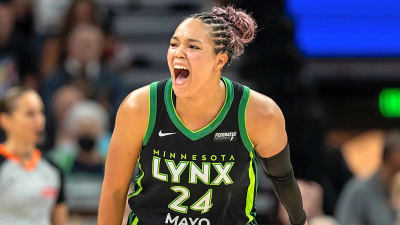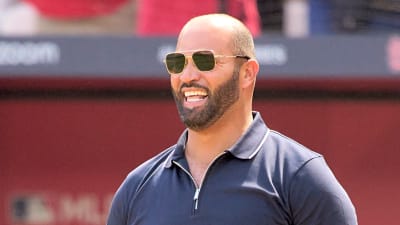
USC’s two most decorated backcourt additions aren’t starting the fall at full strength.
Senior small forward Chad Baker-Mazara, a transfer from Auburn, and junior guard Rodney Rice, who arrived from Maryland, were both tagged with injury updates this week by Trojans coach Eric Musselman.
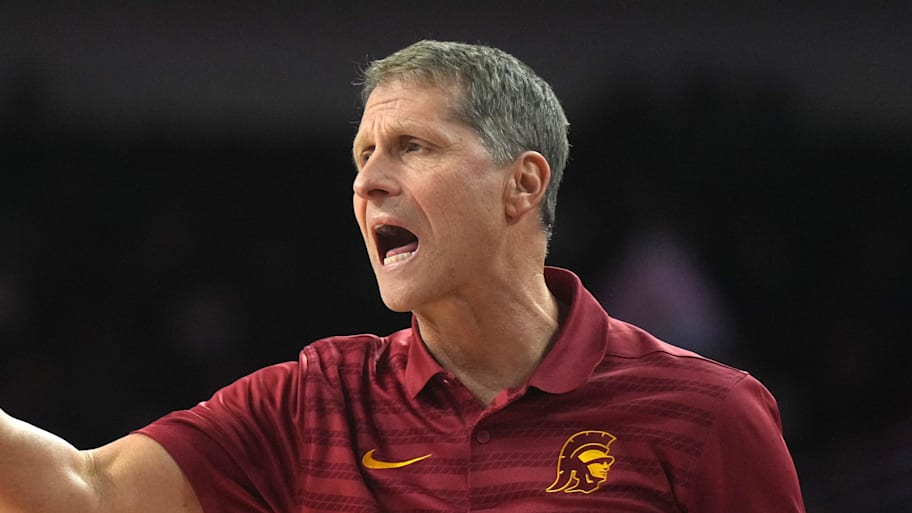
“Well Chad was, I’m gonna call it neck stiffness,” Musselman said Monday. “He had it Friday, and then over the weekend. I mean, he’s day to day. Rodney is out for, at least probably a month. Just a shoulder injury. It’s probably been, say, a week.”
For a USC team that underwent a complete roster overhaul this offseason, the updates hit both sides of the spectrum—short-term concern with Baker-Mazara, and a more significant setback with Rice.
Both were expected to headline the Trojans’ revamped perimeter attack, a duo with proven scoring ability and complementary skillsets.
Now, at least for the opening stretch of the season, Musselman will be forced to shuffle his depth chart.
A High-Stakes Overhaul
The stakes are high because the roster foundation Musselman inherited essentially dissolved after just one season.
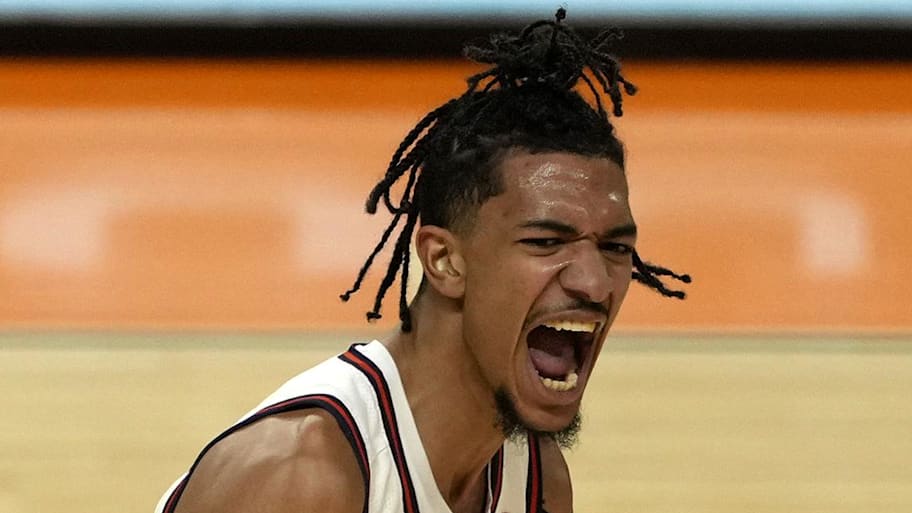
USC went 17–18 last season and played in the College Basketball Crown tournament after missing the NCAA Tournament, a disappointing outcome in the first year under the former Arkansas coach.
Then came a mass exodus: seven players lost to ineligibility and six more through the transfer portal, including top scorers Desmond Claude and Wesley Yates III, who both resurfaced at Washington.
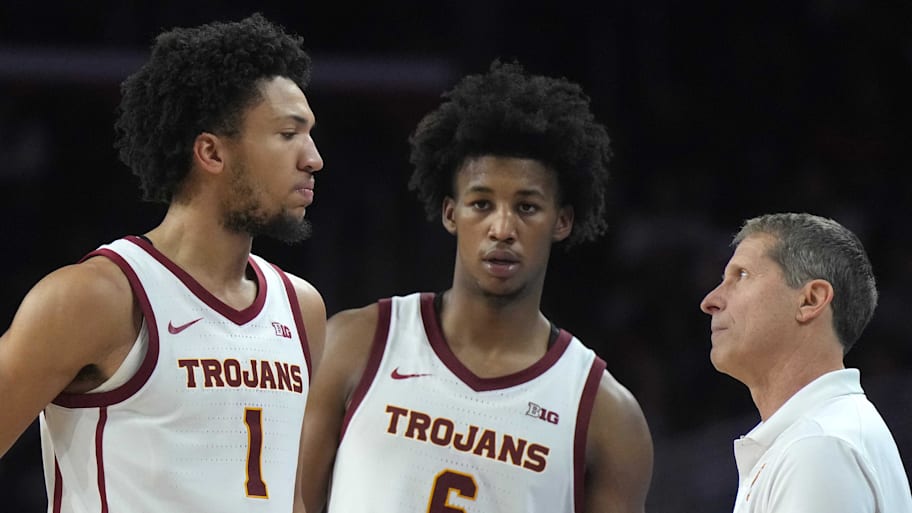
The rebuild that followed was extreme.
Ten transfers, a five-star freshman in Alijah Arenas, four-star guard Jerry Easter, and a single returning scholarship player—senior guard Terrance Williams, who played just seven games before a wrist injury ended his 2024–25 campaign.
Musselman essentially had to build an entirely new rotation from scratch, a challenge even for one of the most aggressive roster architects in college basketball.
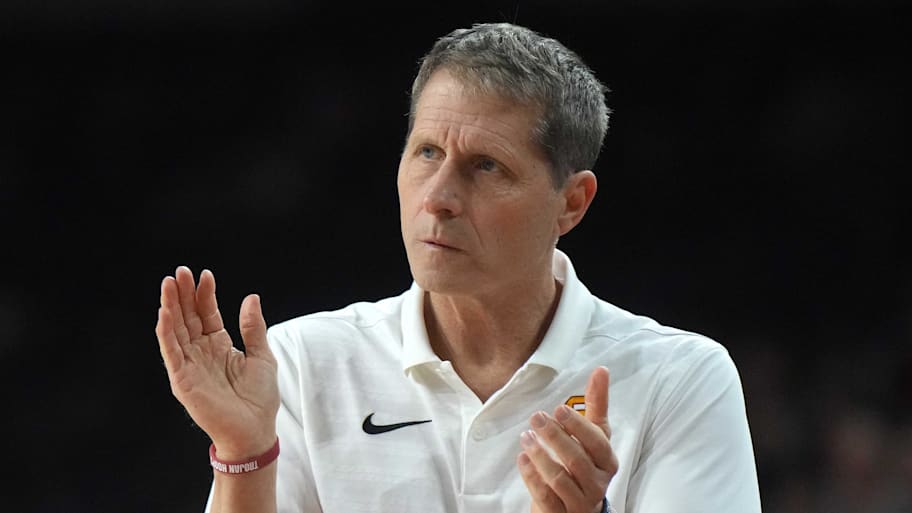
That is why Baker-Mazara and Rice stood out as critical gets. Both players bring the kind of scoring efficiency and perimeter gravity that can stabilize a team with so many moving parts.
Proven Production
Baker-Mazara’s career has spanned multiple stops, but he has consistently produced.
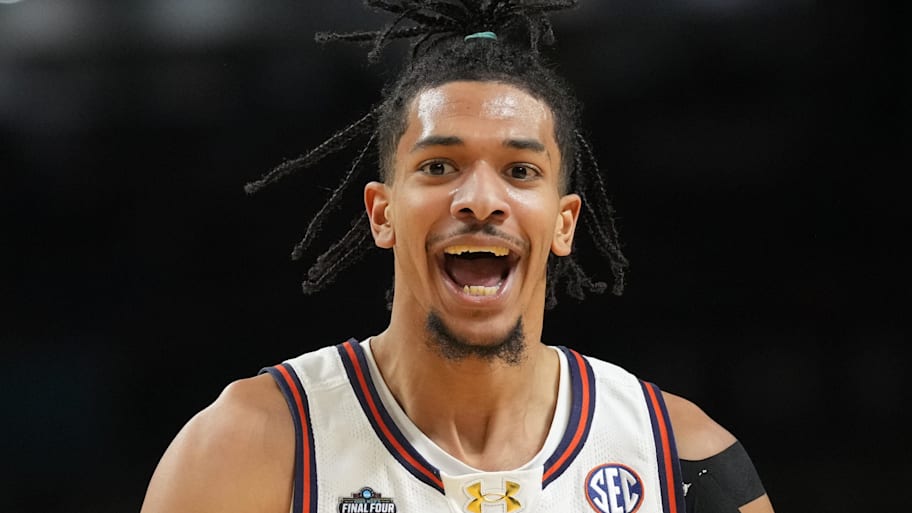
Last year at Auburn, he averaged 12.3 points, 3.0 rebounds, and 2.7 assists while shooting 44.8 percent from the field and 46.9% from three—elite efficiency on the wing.
Across his Division I career, which includes stretches at Duquesne and San Diego State, he has averaged 9.7 points and shot nearly 40 percent from beyond the arc.
His ability to toggle between secondary playmaker and floor-spacer makes him a valuable tool in Musselman’s offense.
Rice, meanwhile, broke through at Maryland after an injury-hampered freshman year at Virginia Tech.
Starting 32 games for the Terps in 2024–25, he put up 13.8 points per game while knocking down 37.4 percent of his threes.
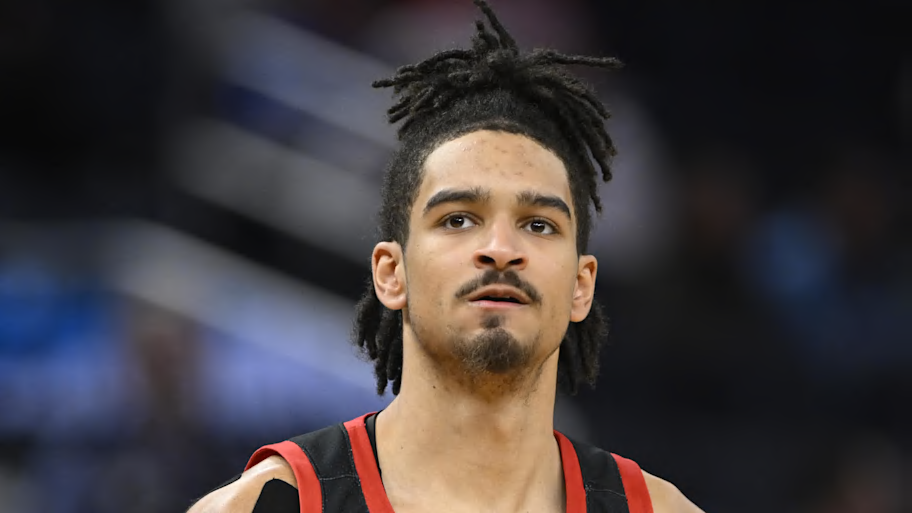
He became Maryland’s third-leading scorer and showcased an expanded arsenal as both a catch-and-shoot threat and a self-creator off the dribble.
For a USC team lacking proven backcourt chemistry, Rice was expected to step in immediately as a stabilizing force.
Big Picture
It’s never ideal to launch a season with injury concerns, especially when the core of your team is still introducing itself.
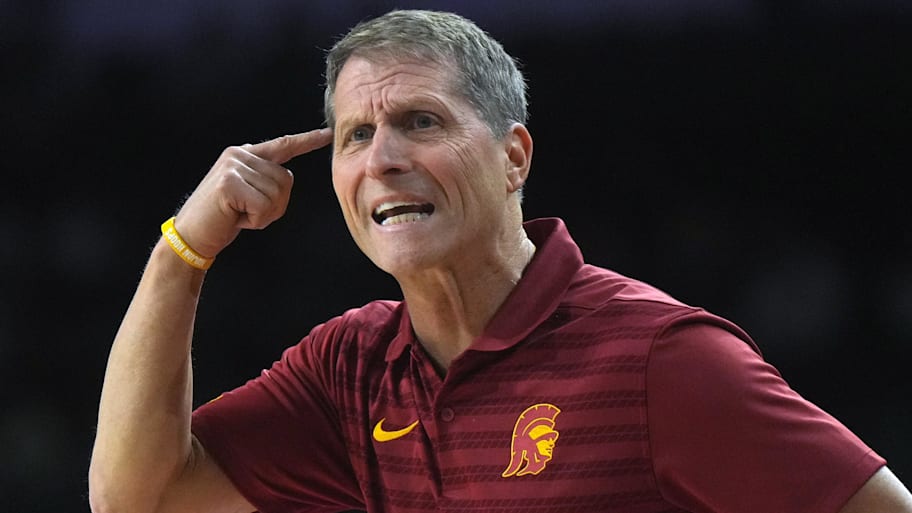
But Musselman has leaned on rapid roster integration before, and Baker-Mazara’s proven versatility gives USC an anchor until Rice returns.
For now, the message is simple: survive the short-term absences, keep Baker-Mazara fresh, and trust Rice’s rehab timetable.
Because when both transfers are healthy, USC will have the scoring punch to compete in the Big Ten.
More must-reads:
- Six must-watch CBB teams heading into 2025-26 season
- Duke gives HC Jon Scheyer huge vote of confidence with latest move
- The 'MLB playoffs all-time hit leaders' quiz
Breaking News
Trending News
Customize Your Newsletter
 +
+
Get the latest news and rumors, customized to your favorite sports and teams. Emailed daily. Always free!


